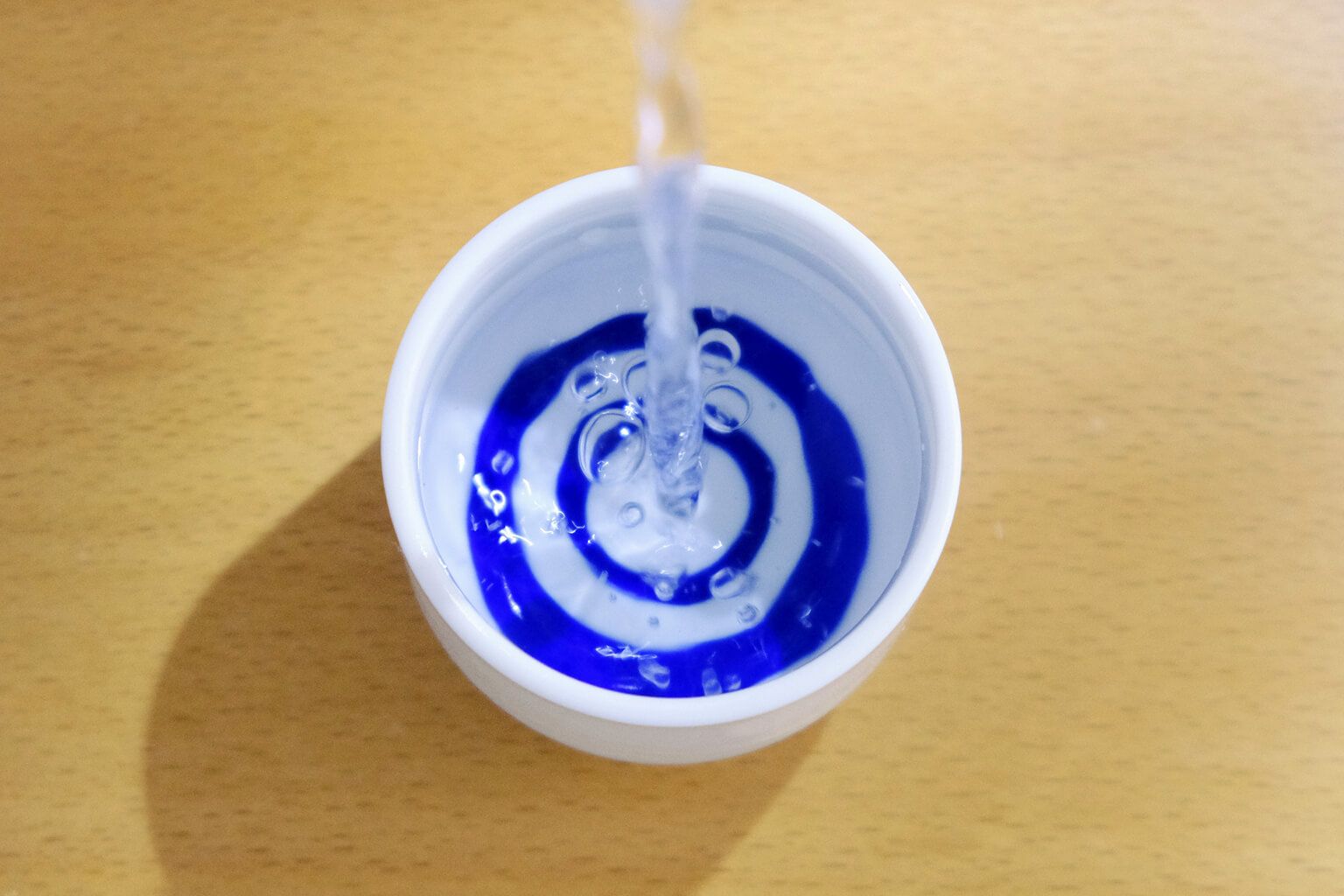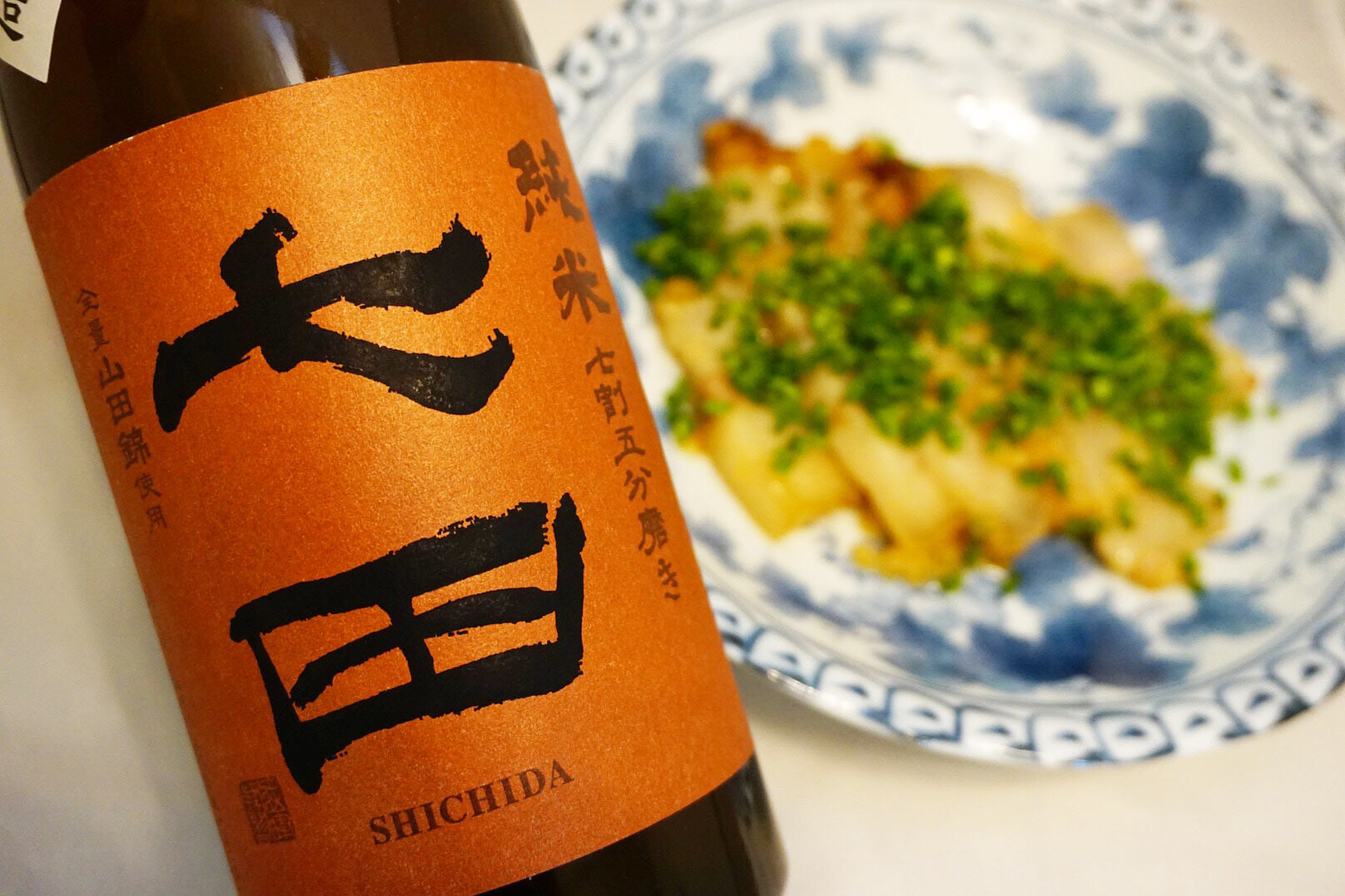Aya Nomoto is an accomplished and dedicated sake professional, sommelier, and educator with Level 3 WSET certifications and awards. As a business development manager overseeing a portfolio of over 500 Japanese drinks, she handpicks sake for new customers and clients in Nevada, Colorado, and Arizona. Her way of opening the door to curious drinkers? Speaking in wine terms.
LOUIE ANNE: Aya-san, you have a unique position in the industry and we’re excited to learn about all that you do. You manage an impressive portfolio of over 500 beverages. Can you tell us more about your role as a business development manager?
AYA: You know, some of the sake, I inherited, so over time, I look at what I haven’t tasted and I try it. I pick the product that I think works well in the market and bring in new things. I’m currently managing fifteen suppliers of Asian products, mostly Japanese: sake, shochu, beer and whisky and other spirits. I also manage the sales aspect, menu development, and work with key customers.
LOUIE ANNE: What advantages do you see sake having over other beverages like Japanese whisky?
AYA: I believe sake pairs very well with food, better than a whisky and beer. I think in the U.S., we don’t really have a culture of drinking spirits or higher alcohol while enjoying a meal. So I think that’s why shochu is a little tougher, and with beer, the bitterness is always challenging when pairing food. Even wine is sometimes so hard to pair with vegetables, but sake doesn’t have that much acid or tannins, which makes it easier to pair with food.
LOUIE ANNE: What kinds of questions do you ask people who are wanting to try sake and they have no idea how to choose one?
AYA: I think more and more people are comfortable with their wine or beer choices, so I usually ask what they drink for white wine. If they like Riesling, we can pick a sake that is more aromatic. If they like Chardonnay, then we’ll go with a junmai. That’s one way I consider it. Some people like to use beer as a comparison, but I like to use white wine since it’s not carbonated.
LOUIE ANNE: Interesting. Do you have any personal recommendations? Any particular brands that you recommend for drinkers with specific wine tastes?
AYA: For someone who prefers Sauvignon Blanc or Pinot Grigio, I would go with Niigata sake, something lighter and crisp, not so acidic. And if somebody likes more texture, then I would go for more texture sake like Iwate sake or something like that.
LOUIE ANNE: People say Niigata sake are light, dry, and crisp. I know Nanbu Bijin is from Iwate but what would you say is the typical flavor style of Iwate sake?
AYA: Iwate sake, for me, has so much texture, compared to Niigata sake, which is so much lighter. Also the fruit on Iwate sake is so much riper, and Niigata sake is quieter. I think it’s more flavorful, you know, Iwate.
LOUIE ANNE: Do you think it’s because of the toji’s brewing style? With wine, they say that it’s more about where the grape is made. Sake people say it’s about the people and the skills, among other things.
AYA: I think so, yes. I talk about regionality a lot for customers and during staff training. With wine, you can expect a certain flavor. With sake, the texture and flavor profile depends on where it comes from and on the toji, how they make sake.
LOUIE ANNE: Wow. That’s very, very educative. What sake trends are you seeing in Vegas?
AYA: This is not new to the big cities, but one cups or cans or single-serving sake are becoming more popular in Vegas. I think they’re finally catching up with the bigger cities.
LOUIE ANNE: You’ve been in the industry for over 10 years now. At a wine tasting event in L.A., we noticed that people were saying “sake” not “saki” anymore, and saying how much they love it. What do you think changed people’s behavior and perception of sake?
AYA: People are becoming very comfortable with sushi in general. I think sake came a little bit later because it was very limited and people didn’t know what to order. Now, a lot of companies and importers are promoting “easier to understand sake.” I think that English names, like “Demon Slayer”, and others that are easier to remember have made people comfortable with sake. People know nigori and daiginjo. Also, a lot of sake consultants are available now. Before, the promotion was always from food companies, or Japanese importers introducing sake, and it was kind of an afterthought. More and more companies are investing time and education to talk about sake, too. John Gauntner did really well. Sake classes are not only for Japanese people, but more people are able to understand sake which is changing the culture.
LOUIE ANNE: Do you see the number of sake consultants growing in Las Vegas?
AYA: You know, I don’t see so much in Vegas yet. We have a good supplier and sake sommeliers and I try to invite everyone to get together once in a while. But I haven’t seen a consultant just doing consultant work here. You’ll see more probably in New York or California.
LOUIE ANNE: You’re certainly one of those people opening up Las Vegas to sake!
AYA: (Laughs) When I moved here, some people said, “Okay, the sake scene might change a little bit.” Hopefully, some people feel that it has.
This interview was shortened and edited for clarity.















